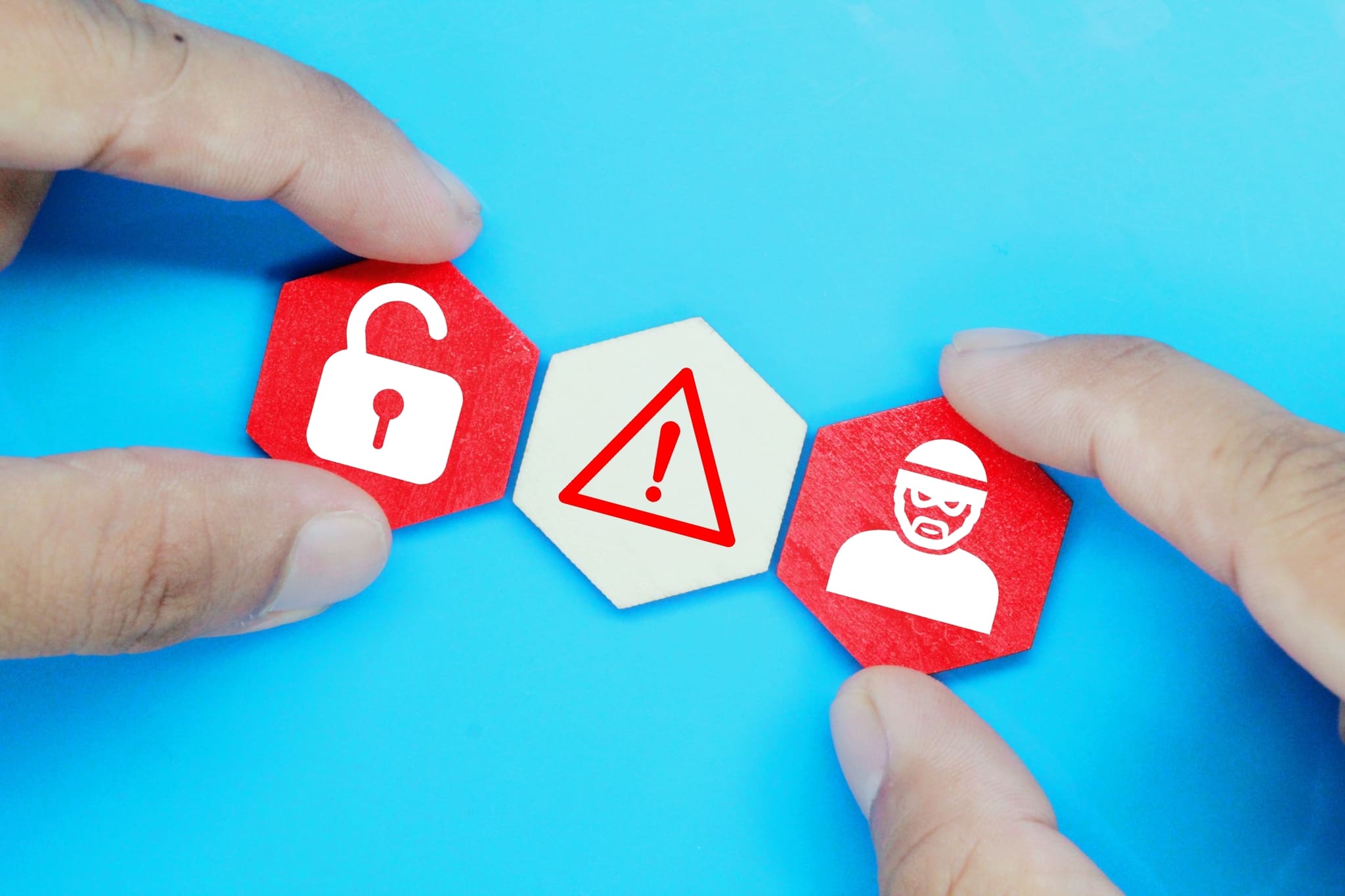Cybersecurity has become a crucial issue for companies of all sizes. Yet many small and medium-sized businesses continue to make fundamental mistakes that expose them to significant risks. These mistakes are all the more problematic in that they are often avoidable with a minimum of good practice and awareness. This article looks at five of them and explains why they need to be corrected quickly.
1. Underestimating the risks associated with their activity
Many small business owners mistakenly believe that their company is too small or too invisible to be of interest to cybercriminals. This is a dangerous misconception. Automated attacks scan the web for exploitable vulnerabilities, regardless of size or sector. What's more, some small businesses handle sensitive data (customers, partners, finances) that can be sold or used for malicious purposes.
To ignore this reality is to leave the door wide open to intrusions, ransomware and data compromise.
2. Neglecting system and software updates
Security patches are essential to plug vulnerabilities discovered in operating systems, CMS or the tools we use every day. However, it is still common to find servers or client workstations with obsolete, unpatched versions.
This neglect provides an ideal attacking ground for hackers. It is all the more regrettable given that solutions now exist to automate updates or simplify their management, even in heterogeneous environments.
3. Lack of regular security testing
Pentesting (penetration testing) is a valuable tool for assessing a system's resistance to real-life attacks. It enables vulnerabilities to be identified before an attacker exploits them. Yet many SMEs have never carried out a penetration test.
They make do with basic security solutions, without ever checking their effectiveness. This approach is risky, as it leaves vulnerabilities undetected and uncorrected, which can then be exploited by real attackers.
This is why we recommend that even small organizations carry out a pentest at least once a year, or after major changes in infrastructure or applications.
4. Lack of employee awareness
Security doesn't just depend on technical tools. Employees play a central role in preventing incidents. However, many VSEs and SMEs fail to train their staff in digital best practices, such as password management, recognition of phishing attempts, and securing remote connections.
This lack of awareness multiplies the possible entry points for an attacker. A simple click on a fraudulent attachment can be enough to compromise an entire system.
5. No backup policy or inadequate strategy
Another critical error is the absence of a backup strategy, or the use of untested solutions. All too often, backups are stored on the same servers as the original data, or are never verified.
And yet, in the event of a cyber-attack (particularly ransomware), only a reliable, up-to-date backup will enable you to get back up and running quickly and without loss. It must be outsourced, encrypted, regularly tested, and integrated into a disaster recovery policy.
Securing your business: a strategic necessity
Cybersecurity is no longer an option for businesses of any size. Ignoring the risks, putting off security audits or regarding training as secondary exposes small businesses to potentially disastrous consequences: loss of data, business stoppages, damage to brand image or regulatory sanctions.
If you'd like to find out more about how to effectively secure your business, carry out a pentest or implement a cybersecurity strategy tailored to your context, please don't hesitate to contact us. Secureaks supports small and medium-sized businesses in implementing concrete, realistic solutions tailored to their needs.

